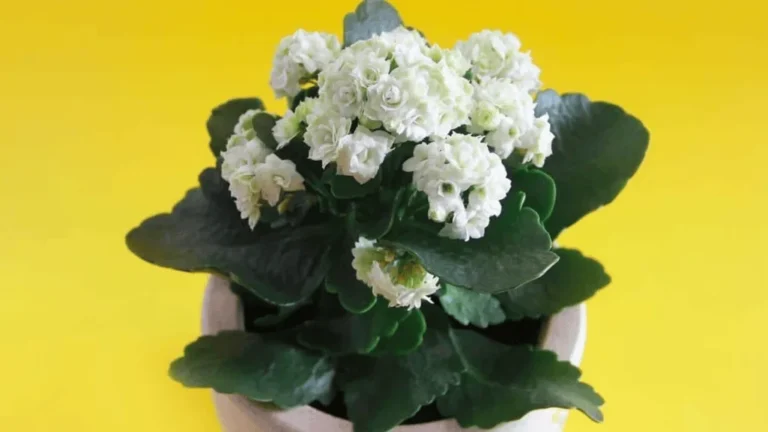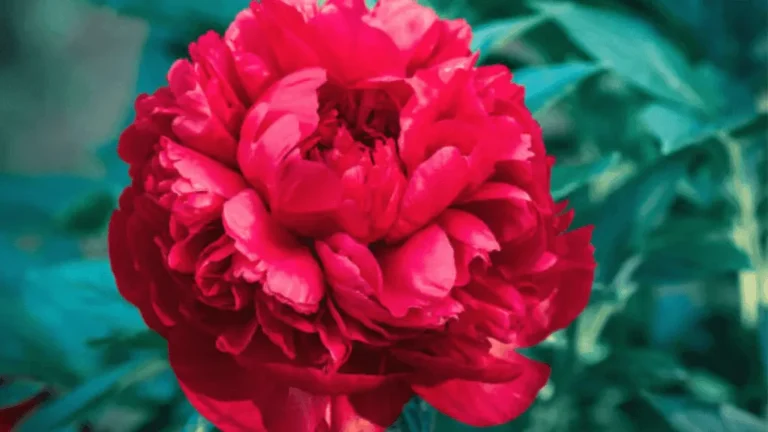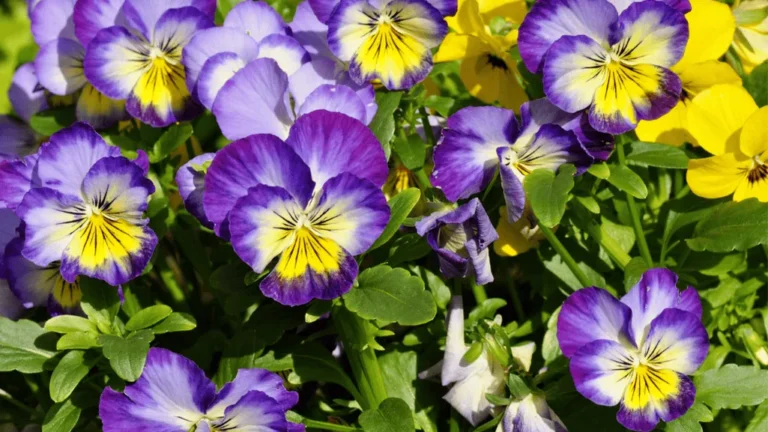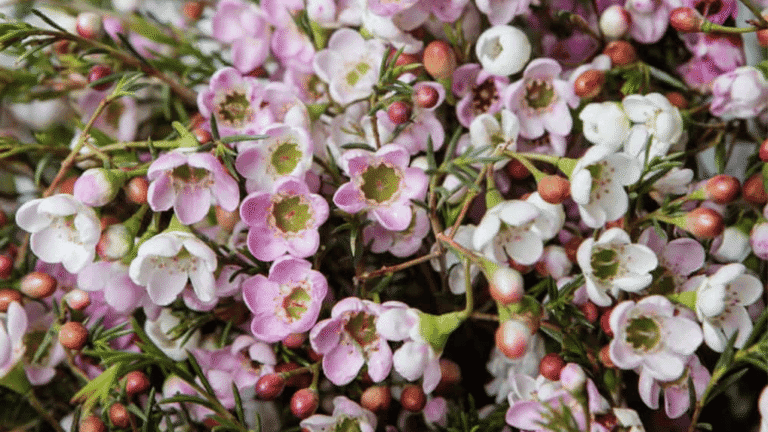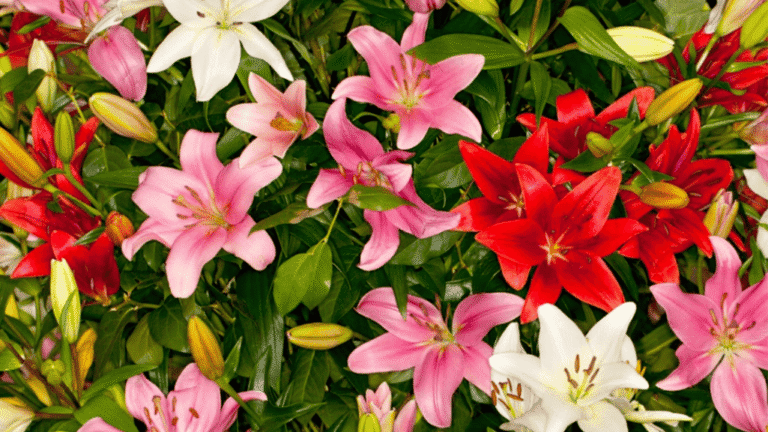Beautiful flowers gardenia Plants For Your homes

Exploring Armeria gardening brings you into a world of beauty and toughness. Armeria perennials are perfect for those who love ornamental grasses. They have grass-like leaves and bright, flower-like blooms that look great all year. Knowing how these perennials grow is key. They start growing in spring and thrive in summer, responding to the seasons.
Learn how to grow these beautiful plants easily. They prefer well-prepared soil, good drainage, and don’t need much food. They’re flexible with different soils. Watering them well at first helps them grow strong roots for a beautiful garden.
Key Takeaways
- Armeria plants are tough and grow well in many zones, from the cool Zone 4 to the warm Zone 9.
- They’re drought-tolerant and can handle freezing cold, surviving temperatures as low as -35°F (-37°C).
- Armeria grows to be about 3 to 8 inches tall and 10 to 12 inches wide, filling your garden with lushness.
- Their flowers come in white, pink, and red, standing out on thin stems.
- They do best in full sun to light shade, and prefer well-drained sandy soils.
- To keep them healthy and spreading, divide Armeria every 2 to 3 years in spring or fall.
- Planting them with Iberis sempervirens and Lychnis coronaria can help them grow and bloom better.
Understanding Ornamental Grasses and Their Growth Cycles
Ornamental grasses, like the Armeria plant, are key to modern landscaping. They add beauty and resilience to gardens. To enjoy their full potential, it’s important to know about their growth cycles and care needs.
Ornamental grasses fall into two main growth cycles: cool-season and warm-season. Knowing this helps gardeners plan the best planting times and care for each type.
Cool Season vs. Warm Season Grasses
Cool-season grasses, like the Armeria maritima, start growing in early spring and last until warm weather begins. They love cooler temperatures and look best in spring and fall. Warm-season grasses begin growing in late spring or early summer, reaching their peak in the summer.
Importance of Soil Preparation and Drainage
Good soil preparation is key for ornamental grasses. This means making sure the soil drains well, especially for the Armeria plant. Good drainage stops water from gathering and causing root diseases, helping plants grow strong and healthy.
Low Fertility Needs and Watering Practices
Ornamental grasses don’t need much fertilizer. Too much can make them weak and lose their natural shape. In their first year, they need enough water to grow deep roots. These roots help the plant survive droughts and other tough times.
Knowing these things helps grow ornamental grasses well. It also makes your garden look great all year. By understanding the Armeria plant‘s needs, you can have a beautiful garden that lasts.
Types of Ornamental Grasses: Clump Forming vs. Rhizome Forming
Gardeners and landscapers often pick between clump forming and rhizome forming grasses. Each type has its own benefits and challenges for garden design. Knowing the differences is key for good Armeria care and beautiful landscapes.
Benefits of Clump Forming Grasses
Grasses like Armeria maritima and Japanese forest grass grow in dense tufts or mounds. They don’t spread too much. This makes them great for mixed gardens, adding beauty without taking over.
They’re perfect for adding texture and consistency to your garden. Plus, they’re easy to keep up with.
Managing Rhizome Forming Grass Varieties
Rhizome forming grasses, like the Christmas fern and Hardy ice plant, spread out underground. They help keep soil in place but can spread too much if not watched. These are great for big projects where you need lots of ground cover fast.
But, they can take over your garden if you’re not careful. So, you need to keep an eye on them to keep your garden looking good.
| Plant | Type | Maximum Height |
|---|---|---|
| Armeria maritima | Clump Forming | 8 inches |
| Japanese forest grass | Clump Forming | 2 feet |
| Christmas fern | Rhizome Forming | 3 feet |
| Hardy ice plant | Rhizome Forming | 6 inches |
Clump forming grasses and rhizome forming grasses both have their own roles in gardens. They can help create lush areas or detailed plant setups. Good Armeria care and management of these grasses make sure they add beauty and function to your garden without problems.
Armeria: A Charming and Hardy Perennial
Armeria is known for its strong and unique beauty. It includes many hardy perennial species perfect for different landscapes. These plants, with their round, delicate Armeria flowers, are a great pick for gardens. They come from northern Europe and love full sun and well-drained soil.
Armeria maritima, or Sea-Pink, is a favorite among gardeners. It thrives in coastal areas and shows off its beauty with tight rosettes of leaves and bright flowers from May to June. It can handle salty spray and sandy soil, making it a hardy perennial for tough spots.
Armeria plants are easy to care for. They can survive with little water and don’t need much food. Just divide them every 2-3 years to keep them healthy and blooming. Good air flow is also key to prevent diseases.
- Nationwide delivery across the UK ensures gardeners can enhance their landscapes with these enchanting plants.
- Special offers such as a 30% discount and an additional 10% off on orders over $850 make Armeria an attractive choice for budget-conscious buyers.
- With customer reviews averaging 4.7 out of 5, it’s clear that Armeria’s appeal is widespread among gardening aficionados.
For gardeners in USDA Zones 4-8, Armeria maritima is a great pick. These plants grow 8-12 inches tall and 6-12 inches wide. They’re ideal for borders, rock gardens, and containers, showing off their colorful tufts.
In conclusion, Armeria is a smart choice for gardeners of all levels. It’s adaptable and easy to care for. Whether used as ground cover or in containers, Armeria adds beauty with little work, making gardens look lush and vibrant.
Armeria Planting Guidelines for a Flourishing Garden
Adding Armeria planting to your garden design brings color and boosts your garden’s life. These perennials are tough and grow well in many conditions. They’re perfect for gardeners wanting a beautiful garden with little work.
Optimal Spacing and Location
Armeria needs full sun to grow well, which means at least 6-8 hours of sunlight daily. This sunlight is key for their bright flowers. Plant them 6-12 inches apart to let them spread and fill your garden nicely.
Soil Tolerance and Moisture Considerations
Armeria perennials grow on many soils but do best in well-drained ones. They can handle salty and alkaline soils, great for coastal areas or clay soils. But, they need the right moisture, especially on clay soils, to avoid rot. Their dry tolerance makes them ideal for rock gardens with poor water retention.
By planting and caring for Armeria perennials right, gardeners get to enjoy their vibrant colors and textures. This ensures a lively and beautiful garden.
Maintenance and Care for Armeria and Other Ornamental Grasses
Looking after Armeria and other ornamental grasses is key to their health and beauty. These plants do well in places like Fort Lauderdale’s tropical climate or cooler areas. Knowing how to care for them can make your garden look great.
Seasonal Pruning and the Role of Mulching
Seasonal pruning is vital for keeping Armeria and other grasses healthy and looking good. Cut them back to the ground in late winter or early spring. This removes old leaves and encourages new growth, making the plants fuller and more vibrant. Mulching is also important, especially in the cold months.
It keeps the soil moist and the temperature steady, helping roots grow well.
Dividing Clumps for Garden Health
As Armeria and other grasses get bigger, their clumps can get too dense. This slows their growth and lowers their appeal. Dividing these clumps every few years helps. It refreshes the plants, improves air flow, and cuts down on diseases.
It’s also a chance to share plants with others. Armeria is almost pest and disease-free, so dividing helps keep your garden strong and lively.
Following these tips on Armeria care, seasonal pruning, and ornamental grass maintenance can really make your garden stand out. From Armeria’s beautiful flowers to the elegant movement of grasses, each part adds to a lively and rewarding garden.
Armeria Flowers: Aesthetic and Functional Uses
Armeria flowers, also known as Sea Thrift, are loved for their bright colors and useful roles in gardens. They are great for tough coastal areas because they can handle salt well. Discover the beauty of Armeria in different garden spots, like rock gardens or big landscapes.
Armeria in Landscaping and Its Salt Tolerant Nature
Armeria flowers are more than just pretty. They can live in salty places, which is great for areas where other plants can’t survive. This makes them perfect for keeping gardens looking good in coastal or city areas with salt on the roads in winter. They are a top pick for making gardens that last a long time and are good for the planet.
Using Armeria for Borders, Containers, and Rock Gardens
Armeria flowers are great for gardeners and designers looking for versatile plants. They grow in a neat way, making them perfect for borders. They also look great in containers, ideal for small spaces like balconies or patios. In rock gardens, they blend well with stones and other alpine plants, creating a beautiful, easy-care garden.
Propagation and Cultivation of Armeria Seeds
Learning how to grow Armeria adds beauty to your garden and helps it thrive. It’s important to know the best ways to handle Armeria seeds for successful growth. Whether you’re new to gardening or have years of experience, growing Armeria from seeds can be both rewarding and successful.
Best Practices for Propagating Armeria
Armeria seeds do best in certain conditions. They germinate well at a soil temperature of 21-24°C, taking 7-14 days to sprout. It’s key to plant them in soil that drains well, similar to their natural coastal or rocky habitats. For starting, put one to two seeds per cell in 288- or 220-cell plug trays, giving each seed enough space to grow.
Armeria maritima, part of the Plumbaginaceae family, grows well in many climates. This makes it perfect for various gardens. When seedlings are 5-10cm tall, using a slow-release fertiliser can boost their growth and flowers.
Harvesting and Drying Seeds
Harvest Armeria seeds just before they fully mature to keep them fresh for next year. This stops them from sprouting early or losing their potency. After picking, dry the seed stalks upside-down in a dark, airy spot. This keeps the seeds ready for storage or planting later.
Armeria’s life cycle shows its strength and flexibility. Flowers bloom about 100 days after planting, adding colors from pink to purple-red to gardens. With the right care, gardeners can enjoy Armeria’s lush, vibrant look with little effort.
Armeria Varieties and Their Unique Features
Armeria varieties are known for their strength and beauty. They can grow in many places, making them great for gardeners who want ornamental grass diversity with little work.
A. maritima, also called Sea-Pink, is famous for its toughness and looks. It comes from coastal areas in the Northern Hemisphere and loves salty soil. This makes it perfect for seaside gardens. It blooms a lot from April to October, adding color and life to gardens.
A. maritima: The Beloved Sea-Pink
A. maritima’s special feature is its ability to grow in soils with a lot of copper. This is rare in garden plants. Its fame is shown by the Royal Horticultural Society’s Award of Garden Merit given to the ‘Vindictive’ variety for its great garden performance.
Exploring Diverse Armeria Species for Your Garden
Adding different Armeria varieties to your garden makes it more interesting. Each type has its own look, from the tall and hardy Armeria maritima subsp. elongata to the wide range of colors from white to purple. This brings more flowers, attracts bees, and helps your garden’s biodiversity.
In the US, A. maritima grows from Alaska to California. It’s good in many climates and places. It can handle drought well and needs little water, making it great for eco-friendly gardens.
In conclusion, A. maritima and other Armeria varieties are a great choice for any garden. They add beauty and are tough. Whether by the sea or in the middle of the country, these plants make gardens more beautiful and diverse.
Conclusion
Armeria perennial stands out in the world of ornamental grasses. It’s known for its tough nature and beautiful tufts. This plant adds life to gardens, even in tough conditions.
Sea Thrift varieties are great for dry areas because they can handle drought. They bloom tall and brightly in late spring. Armeria is more than just a plant; it’s a symbol of garden beauty and diversity.
Caring for Armeria is easy, making it perfect for both new and experienced gardeners. It thrives in tough conditions like salt spray and sandy soil. This shows its beauty and its role in helping local ecosystems.
These grasses don’t just survive tough places; they flourish. They bloom for a long time and offer many ways to be creative in the garden. For more on how Armeria inspires creativity and cares for the environment, check out Rabeya Khanom’s blog.
Reflecting on Armeria, we see its beauty and strength in our gardens. It’s easy to care for and adds beauty and helps the environment. By planting it right, gardeners can keep their gardens beautiful and support nature for many seasons.






